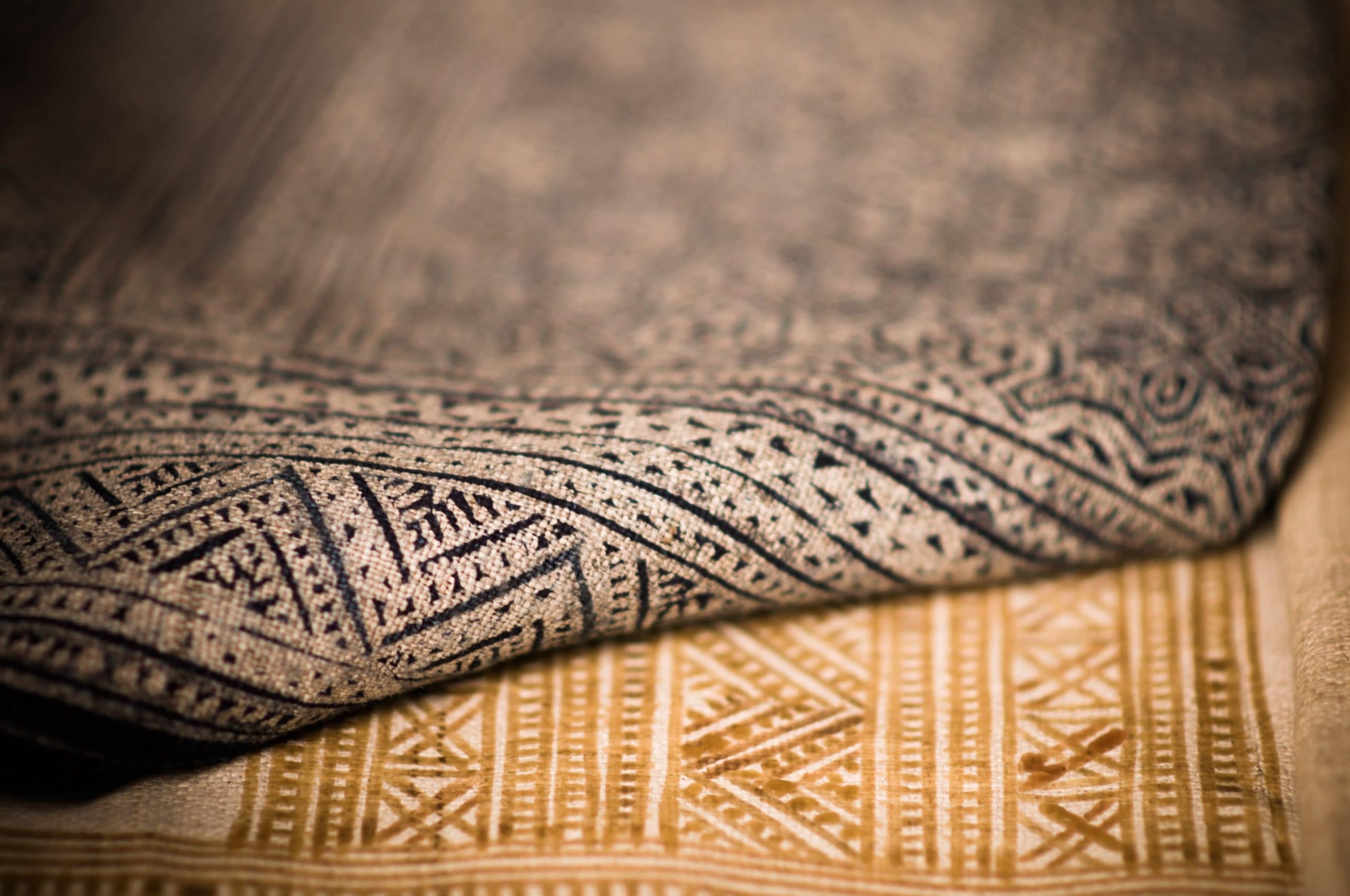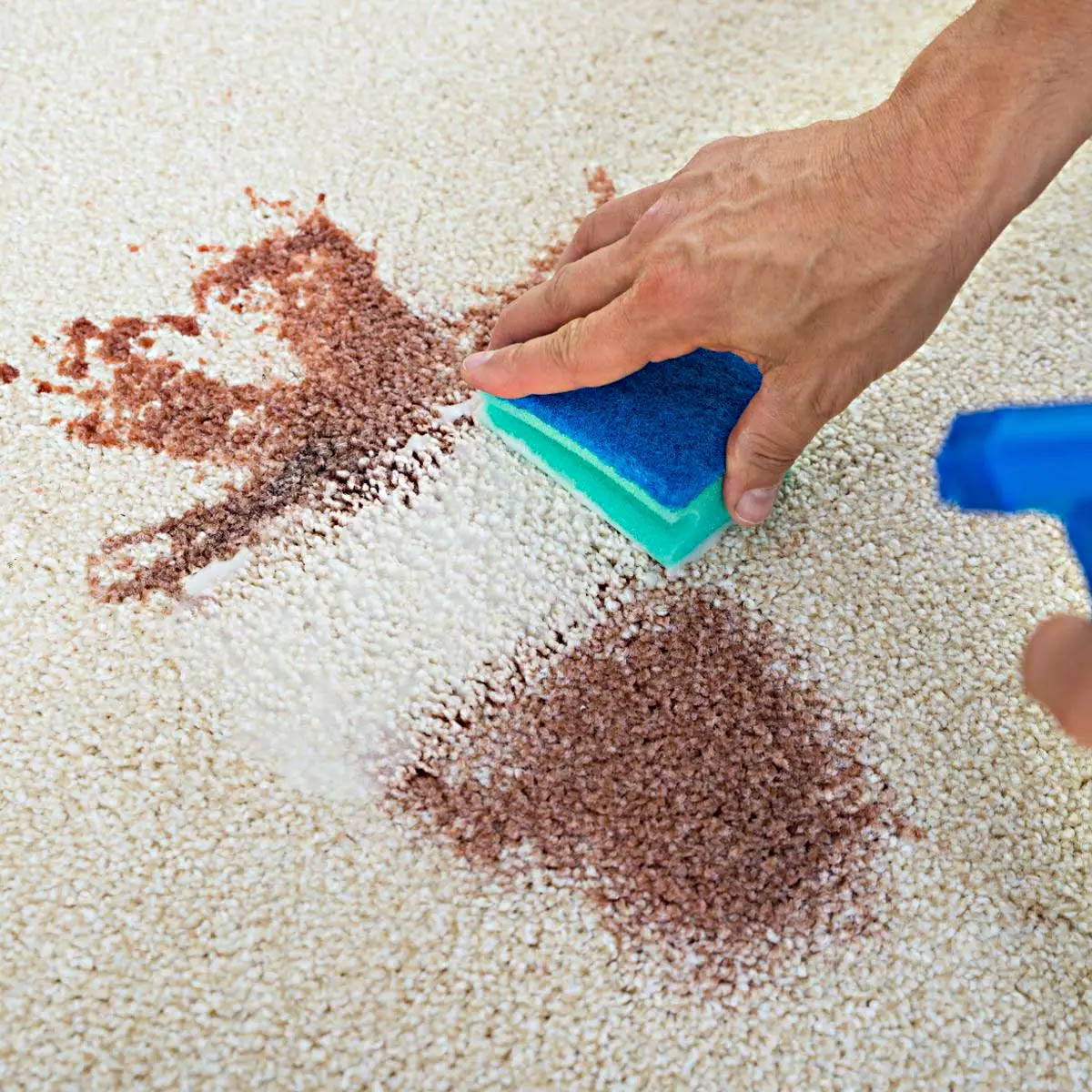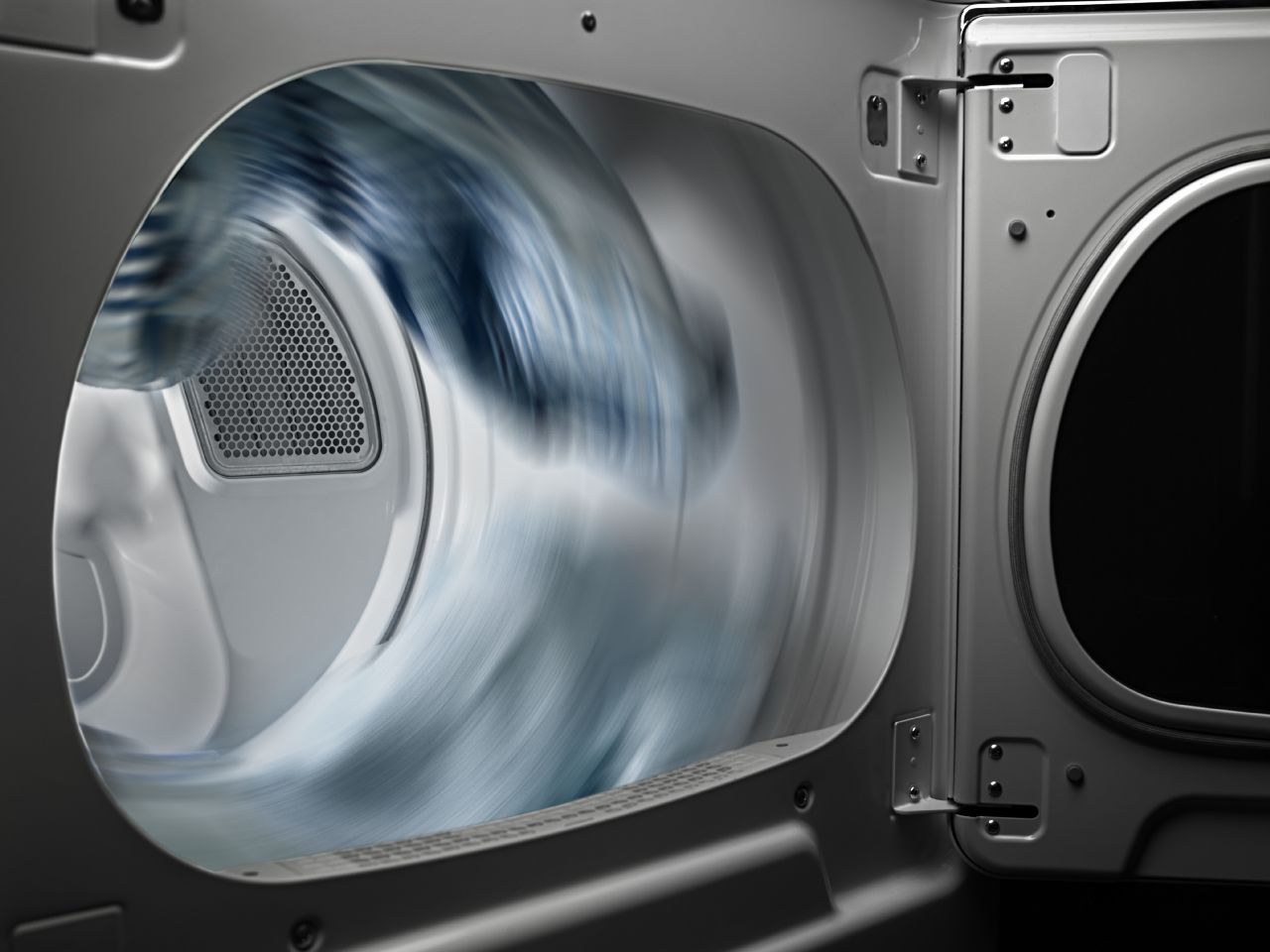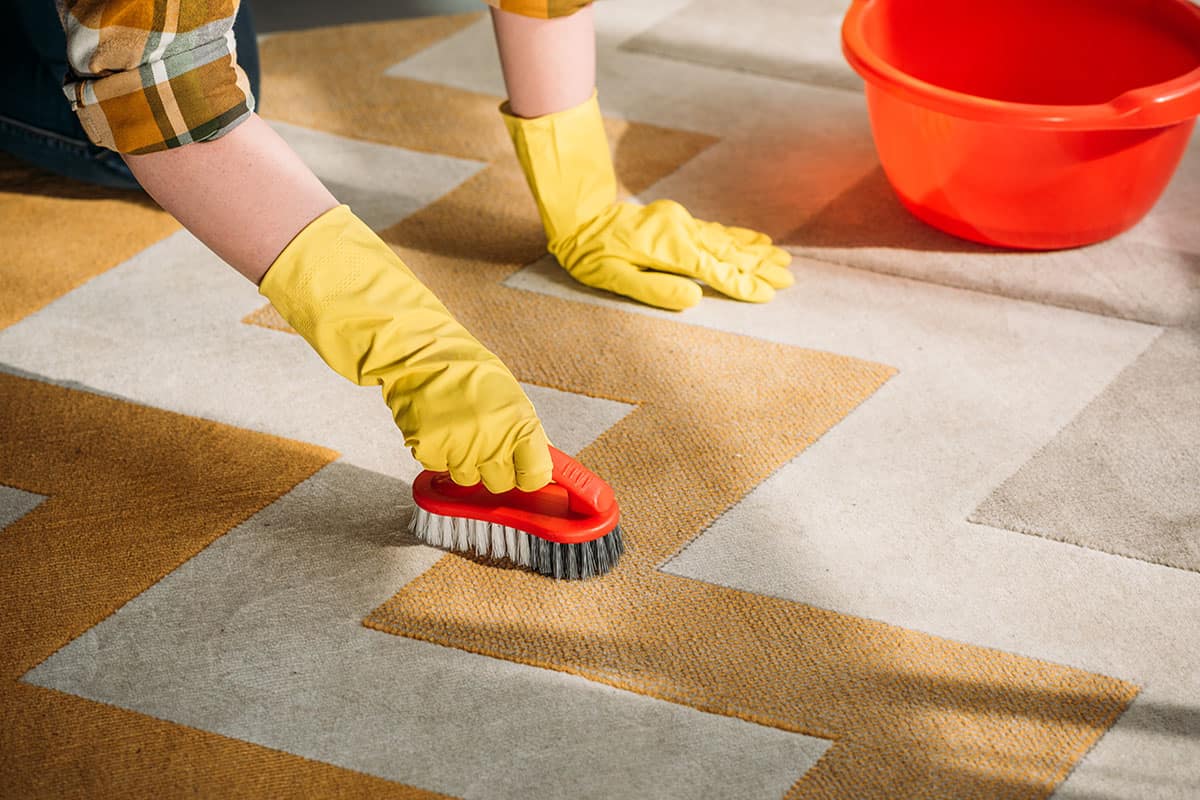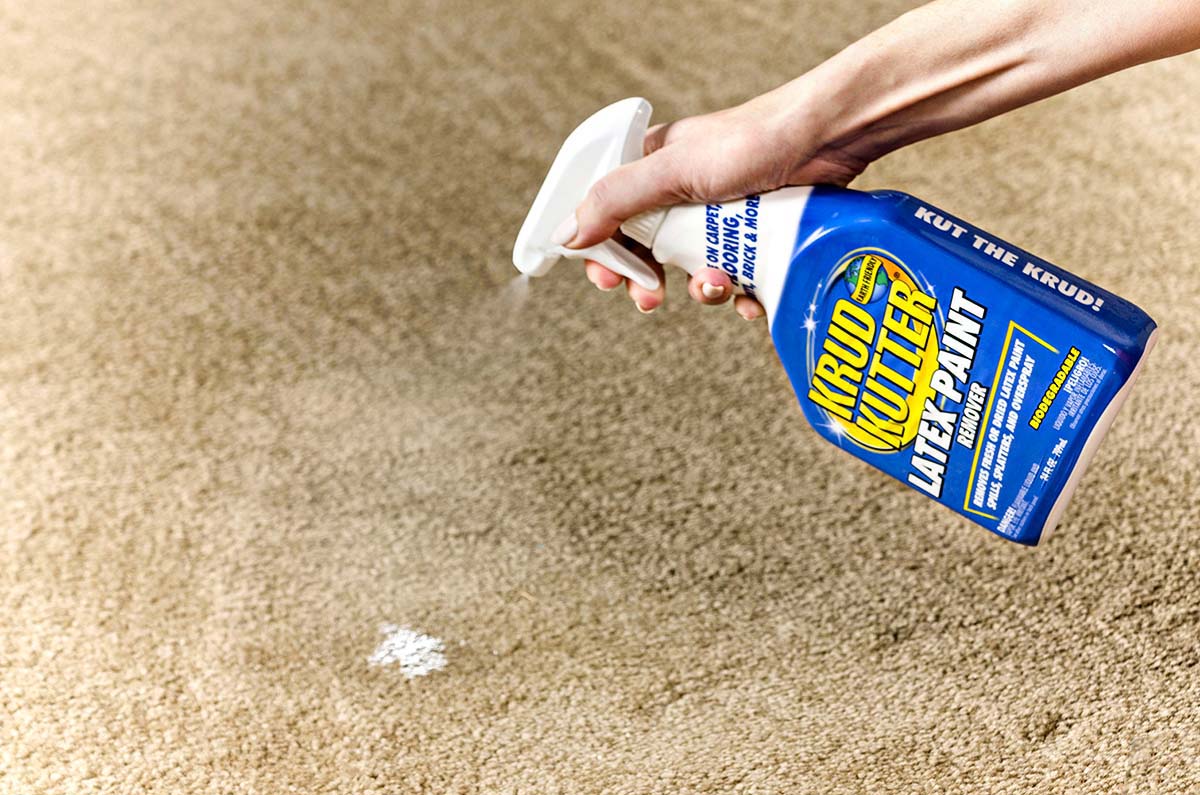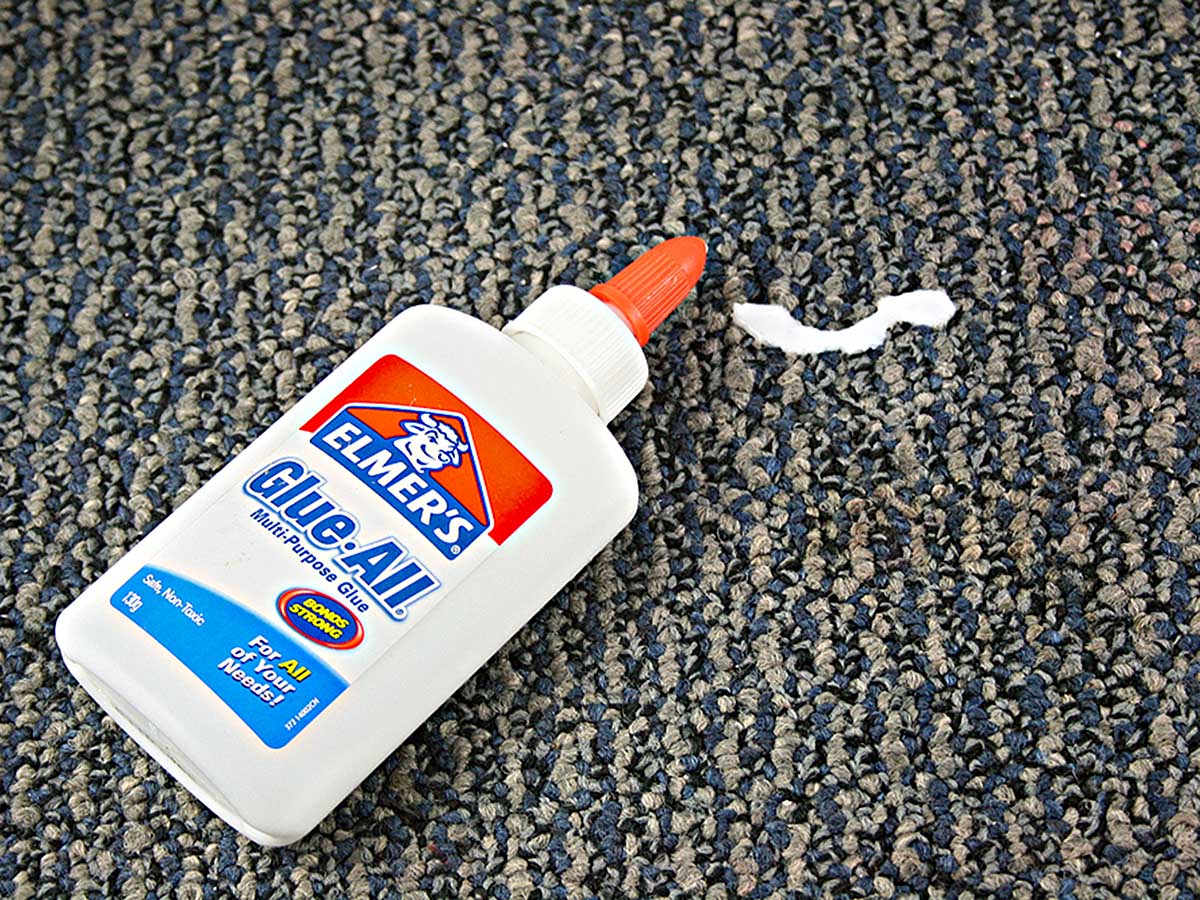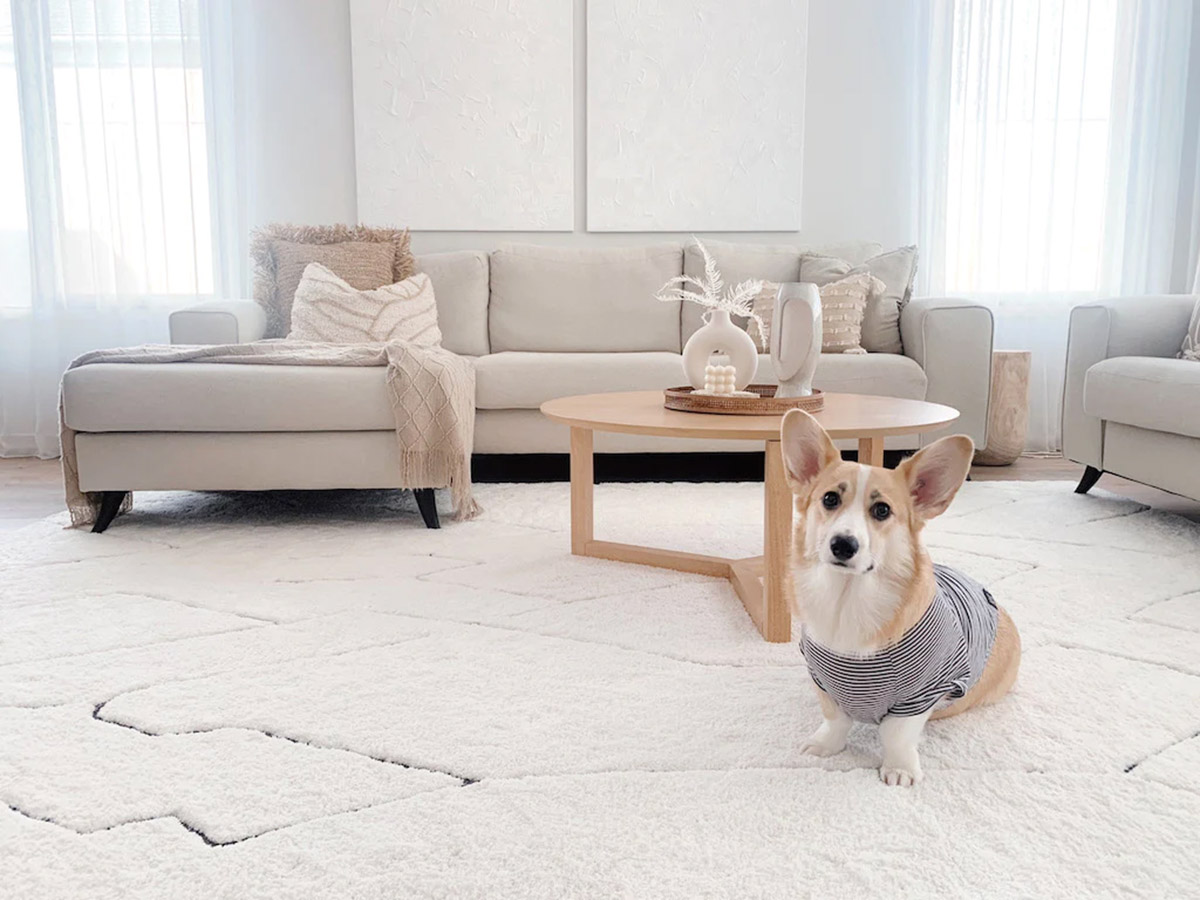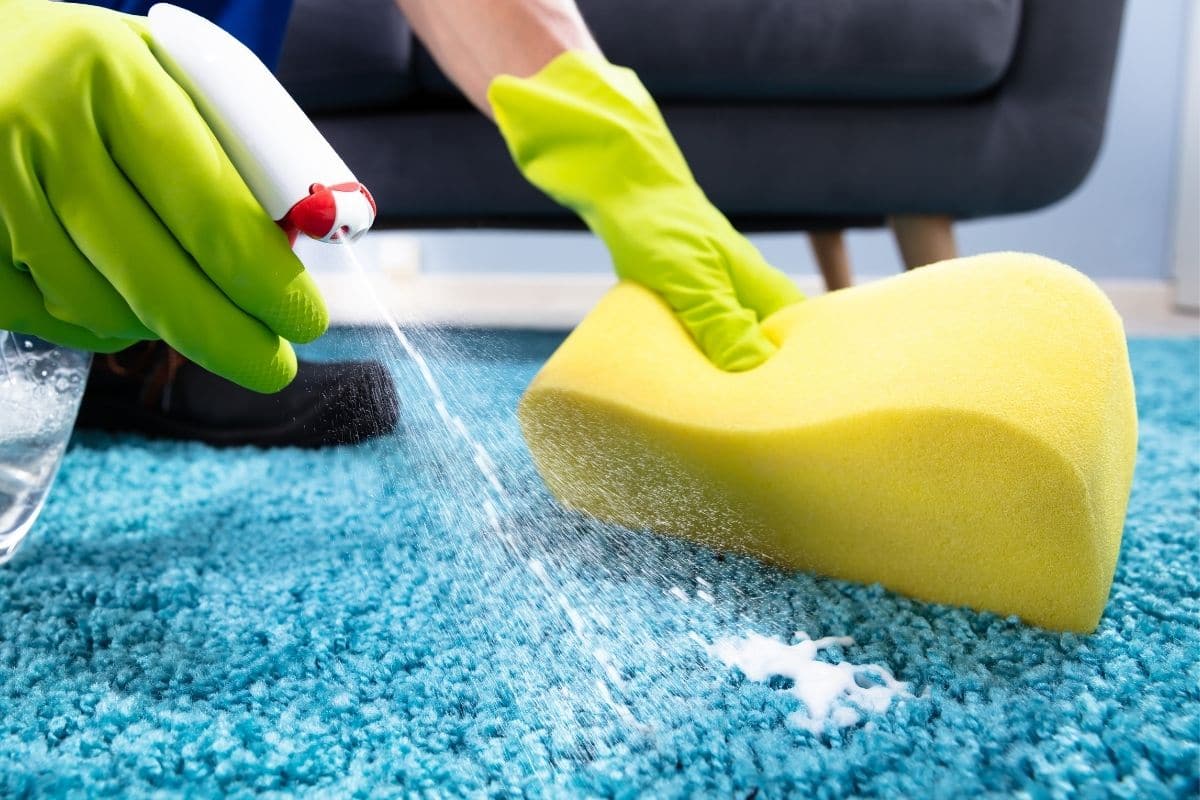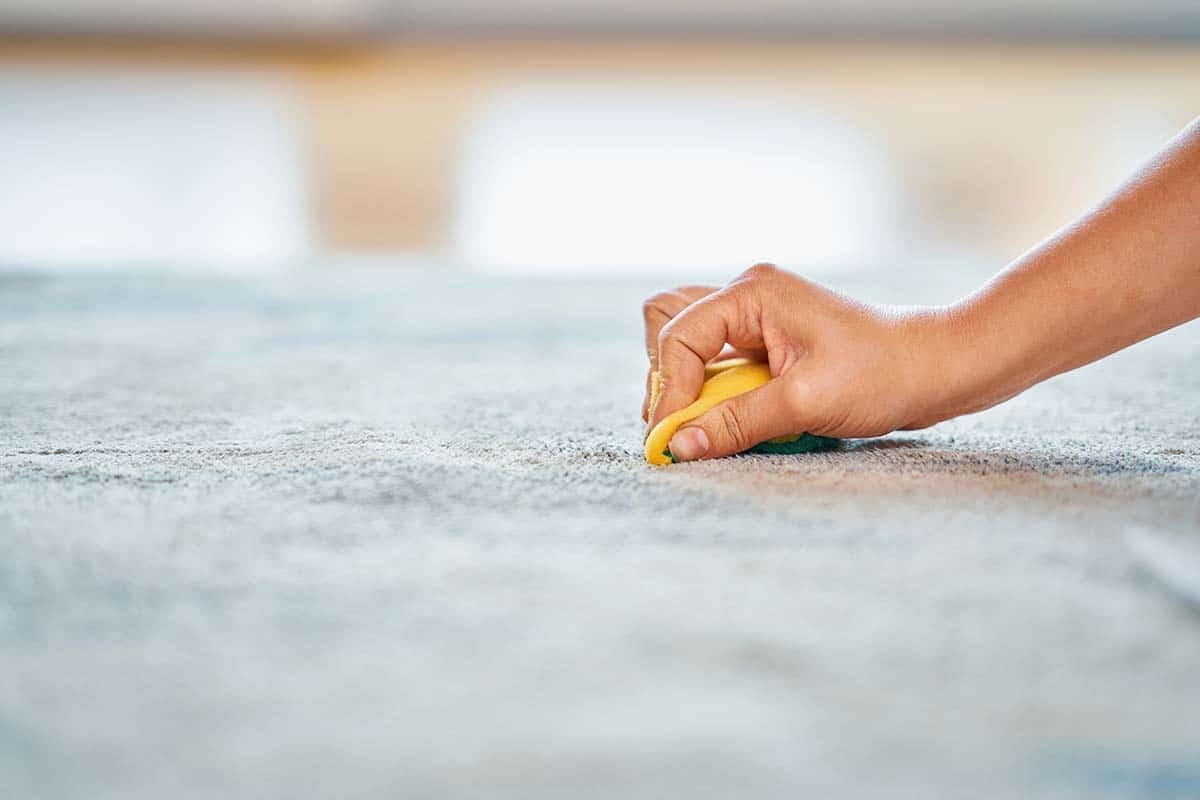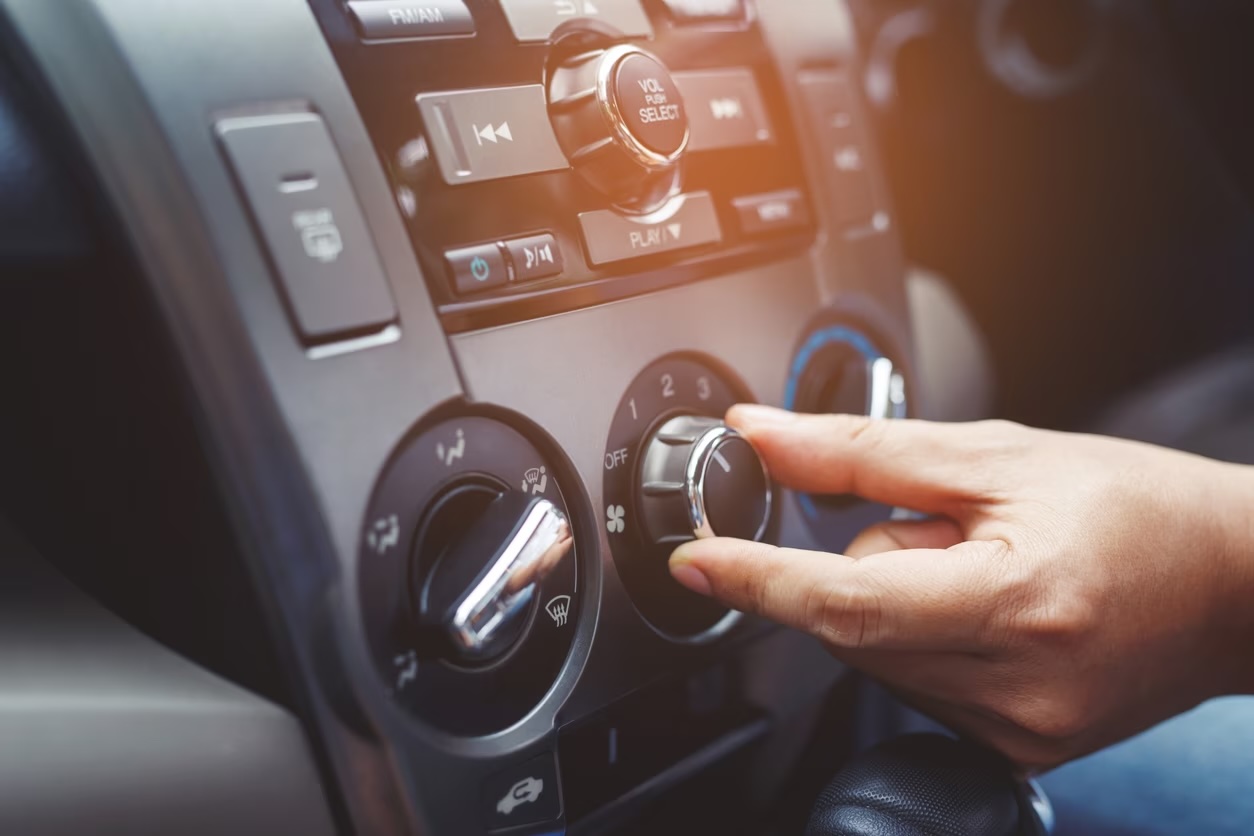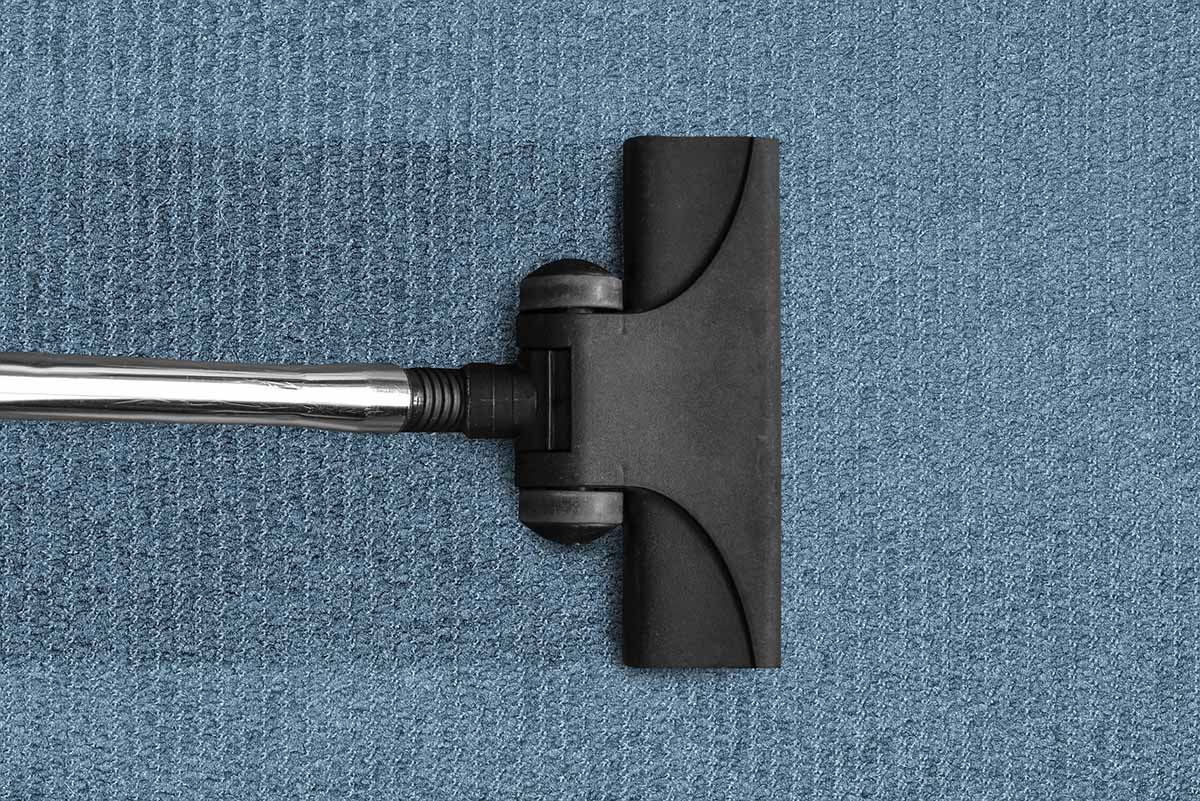

Articles
How Can I Get My Carpet To Dry Faster
Modified: October 18, 2024
Discover effective techniques and tips in our articles on how to accelerate carpet drying time. Say goodbye to wet carpets with our expert advice.
(Many of the links in this article redirect to a specific reviewed product. Your purchase of these products through affiliate links helps to generate commission for Storables.com, at no extra cost. Learn more)
Introduction
Having a clean and fresh carpet adds beauty and comfort to any home or office space. However, one common dilemma that many carpet owners face is the issue of drying time. Whether you’ve just cleaned your carpet or experienced a spill, waiting for it to dry can be inconvenient and frustrating. But fear not! There are several effective ways to speed up the carpet drying process, ensuring that you can get back to enjoying your pristine carpet sooner rather than later.
Before we dive into the tips and tricks for accelerating carpet drying, let’s first understand the factors that can affect the drying time of your carpet. This knowledge will help you make informed decisions and choose the best methods for drying your carpet quickly and efficiently.
Key Takeaways:
- Speed up carpet drying by using fans, opening windows, and utilizing dehumidifiers. These methods promote airflow and reduce humidity, expediting the evaporation process.
- Consider renting a carpet dryer or hiring a professional cleaner for efficient and specialized drying techniques. These options can save time and ensure thorough moisture extraction.
Read more: How To Get Spackle To Dry Faster
Factors Affecting Carpet Drying Time
Several factors can influence how long it takes for your carpet to dry. By understanding these factors, you can adjust your approach and take necessary steps to expedite the drying process. Here are some key factors that affect carpet drying time:
- Carpet thickness and material: Thicker carpets or those made from dense materials such as wool can take longer to dry than thinner or synthetic carpets.
- Humidity and airflow: High humidity levels can hinder evaporation and prolong drying time. Insufficient airflow, such as closed windows or lack of ventilation, can also contribute to slower drying.
- Temperature: Warmer temperatures facilitate faster evaporation, while colder temperatures can slow down the drying process.
- Type of cleaning method: The type of cleaning method used, whether it’s steam cleaning, dry cleaning, or spot cleaning, can affect the amount of moisture introduced to the carpet and hence impact the drying time.
- Amount of water applied: The more water used during the cleaning process or in the event of a spill, the longer it will take for the carpet to dry thoroughly.
Understanding these factors is essential in determining the best course of action to speed up the drying time of your carpet. Now, let’s explore some proven tips and techniques that can help you accelerate the drying process.
Tips for Accelerating Carpet Drying
When you’re eager to get your carpet dry and back to normal, implementing these tips can make a significant difference in reducing drying time:
- Use Fans and Air Circulation: Positioning fans strategically around the carpeted area can help promote airflow and speed up evaporation. Aim the fans towards the carpet and open windows or doors to create a cross breeze.
- Open Windows and Doors: Allowing fresh air to circulate through the space will help to remove moisture and reduce humidity levels, hastening the drying process.
- Utilize Dehumidifiers: Dehumidifiers are excellent tools for reducing moisture in the air. Running a dehumidifier in the room can expedite drying by pulling excess moisture out of the carpet and the surrounding environment.
- Rent a Carpet Dryer: Carpet dryers, also known as air movers or blowers, are specifically designed to increase airflow and accelerate drying. Renting one of these machines from a local equipment rental company can significantly reduce drying time.
- Use Baking Soda: Sprinkling baking soda liberally over the damp carpet can help absorb moisture and odors. Leave it on for a few hours, then vacuum it up to reveal a fresh and dry carpet.
- Vacuum the Carpet: Running a vacuum cleaner over the carpet while it’s still damp can help to extract excess water and promote faster drying. Be sure to use a vacuum cleaner suitable for wet/dry applications.
- Hire a Professional Carpet Cleaner: If time is of the essence and you want to ensure a thorough and efficient cleaning process, hiring a professional carpet cleaner can be a smart investment. They have the expertise and equipment to clean your carpet effectively and minimize drying time.
By implementing these tips, you can significantly reduce the time it takes for your carpet to dry. Keep in mind that the exact drying time may vary depending on the specific circumstances and factors mentioned earlier.
Remember to regularly check the moisture levels of your carpet and adjust the drying methods as necessary. Patience is key, but with these strategies, you’ll be able to enjoy a dry and fresh carpet in no time.
Use Fans and Air Circulation
One of the most effective ways to speed up carpet drying is by using fans and promoting air circulation. Air movement aids in evaporation, allowing moisture to escape from the carpet more quickly. Here’s how to utilize fans and promote air circulation:
- Position fans strategically: Place fans around the damp carpeted area, focusing on areas that require more drying. Angling the fans towards the carpet will maximize the airflow and help to evaporate the moisture.
- Create a cross breeze: Whenever possible, open windows and doors in the room where the carpet is located. This will allow fresh air to enter and circulate, aiding in moisture evaporation. You can also use a box fan to blow air out of the room to create a stronger cross breeze.
- Use oscillating fans: If available, oscillating fans provide even distribution of air, covering a larger area of the carpet. This can help speed up the drying process and prevent any excess moisture from lingering in specific spots.
- Elevate the carpet: Elevating the damp areas of the carpet by propping it up with items like wooden blocks or books can promote better air circulation. This allows air to reach the underside of the carpet and facilitates faster drying.
Remember, it’s essential to keep the fans running continuously until the carpet is completely dry. This constant airflow will expedite the evaporation process and help prevent any potential mold or mildew growth.
Using fans and promoting air circulation is a cost-effective and straightforward method to facilitate quicker carpet drying. By implementing this technique, you can significantly reduce the overall drying time and enjoy a clean and dry carpet in no time.
Open Windows and Doors
When it comes to speeding up the drying time of your carpet, one simple yet effective technique is to open windows and doors. By allowing fresh air to circulate, you can promote the evaporation of moisture and reduce humidity levels in the room. Here are some tips on how to properly utilize this method:
- Create a cross ventilation: Open windows and doors on opposite sides of the room to create a cross breeze. This allows fresh air to enter and circulate throughout the space, facilitating faster drying.
- Remove any obstructions: Make sure there is clear airflow by removing any objects or furniture that could block the movement of air near the carpeted area. This will maximize the effectiveness of open windows and doors.
- Monitor the weather: Check the weather forecast before opening windows and doors. If it’s particularly humid or rainy outside, it may be best to wait for a drier day, as the moisture from outside can hinder the drying process.
- Consider using fans: In conjunction with open windows and doors, positioning fans to blow air towards the carpet can further enhance the drying process. The combination of fresh air and airflow from fans will help hasten moisture evaporation.
By allowing fresh air to flow into the room, you create an environment that encourages the carpet to dry more quickly. However, remember to prioritize security and safety. If your home or office is located on a ground level or in an area with high traffic, ensure that open windows and doors are secured and that valuable items are not at risk of being damaged or stolen.
Opening windows and doors is a simple, cost-effective method that can significantly reduce the carpet drying time. By harnessing the power of natural airflow, you’ll be able to enjoy a dry and fresh carpet in less time.
Read more: How Do I Get To My Trash Can
Utilize Dehumidifiers
When you’re looking to expedite the drying process of your carpet, utilizing dehumidifiers can be a highly effective method. Dehumidifiers are devices designed to remove excess moisture from the air, helping to create a drier environment that is conducive to faster carpet drying. Here’s how you can make the most of dehumidifiers:
- Select the appropriate size: Choose a dehumidifier that is suitable for the size of the room or area where the damp carpet is located. A device that is too small may not effectively reduce humidity levels, while one that is too large can be excessive and unnecessary.
- Place the dehumidifier in the room: Position the dehumidifier near the carpeted area, ensuring that it has adequate air circulation. Avoid blocking the airflow by placing the device against a wall or near any furniture.
- Set the humidity level: Adjust the settings on the dehumidifier to maintain an optimal humidity level. The ideal range for drying carpets is around 40-50% relative humidity, which helps promote moisture evaporation. Consult the manufacturer’s instructions for specific guidance on setting the humidity level.
- Empty the water container: Dehumidifiers collect the moisture they extract from the air in a water container or bucket. Regularly check and empty the container to ensure uninterrupted operation of the device.
- Keep the room closed: While using dehumidifiers, it’s advisable to keep the room closed to prevent additional moisture from entering. This allows the device to focus on extracting moisture from the air within the room.
Utilizing dehumidifiers creates a drier environment, reducing humidity levels and speeding up carpet drying. These devices are especially beneficial in areas with high humidity or during periods of increased moisture, such as after a water spill or heavy rainfall.
Keep in mind that dehumidifiers require electricity to operate and may generate some noise. Place them in a location that is safe, convenient, and considerate of noise levels.
By incorporating dehumidifiers into your carpet drying process, you can effectively remove excess moisture from the air, leading to faster and more efficient drying of your carpet.
After cleaning your carpet, use fans and open windows to increase air circulation and speed up the drying process. You can also use a dehumidifier to remove excess moisture from the air.
Rent a Carpet Dryer
If you’re searching for a powerful and specialized tool to expedite carpet drying, consider renting a carpet dryer. These machines, also known as air movers or blowers, are designed specifically for drying carpets quickly and efficiently. Here’s how you can make the most of renting a carpet dryer:
- Find a reputable rental company: Research and locate a reliable equipment rental company that offers carpet dryers. Read reviews, check the rental rates, and ensure they have well-maintained equipment.
- Choose the right size and type: Carpet dryers come in various sizes and types, so select the most suitable one for your needs. Consider factors such as the size of the carpeted area, the level of wetness, and the drying time you desire.
- Follow the manufacturer’s instructions: Once you have the carpet dryer, carefully read and follow the manufacturer’s instructions for safe and effective operation. This includes proper positioning, plug-in requirements, and any additional safety precautions.
- Position the carpet dryer: Place the carpet dryer in a central location that allows for maximum airflow and coverage over the damp carpet. Ensure that it is elevated to avoid any damage to the machine and that it is not obstructed by furniture or other objects.
- Allow continuous operation: Keep the carpet dryer running continuously until the carpet is completely dry. Interrupting the drying process can significantly extend the drying time.
- Monitor the drying progress: Regularly check on the carpet and assess its moisture level. Adjust the position of the carpet dryer if necessary to ensure even drying and to target any particularly damp spots.
Renting a carpet dryer can be a practical solution when you have a large area to dry or when you require faster drying times. These machines generate high-velocity airflow, which helps to evaporate moisture more rapidly compared to relying on natural air circulation alone.
Be aware that carpet dryers can generate noise, so consider the noise level in your environment and plan accordingly. Additionally, ensure proper ventilation during the drying process to prevent humidity buildup in the room.
By renting a carpet dryer, you can take advantage of specialized equipment designed specifically to hasten the drying time of your carpet, allowing you to enjoy a clean and dry carpet in no time.
Use Baking Soda
In addition to its many household uses, baking soda can also be utilized to accelerate the drying time of your carpet. Baking soda, also known as sodium bicarbonate, has absorbent properties that can help to draw out moisture from the carpet fibers. Here’s how you can use baking soda to aid in carpet drying:
- Sprinkle baking soda liberally: Sprinkle a generous amount of baking soda over the damp or wet areas of the carpet. Ensure that the baking soda covers the entire affected area evenly.
- Allow the baking soda to sit: Leave the baking soda on the carpet for a few hours or overnight. This will give it ample time to absorb moisture and help eliminate any odors.
- Vacuum the carpet: Use a vacuum cleaner to thoroughly remove the baking soda from the carpet once it has had enough time to work. Make sure to use a vacuum suitable for wet/dry applications if the carpet is still damp.
The baking soda acts as a natural moisture absorber, pulling excess water from the carpet fibers and reducing drying time. It also helps to eliminate any musty odors that may be present due to dampness.
Note that baking soda may leave a residue on your carpet after use. It is recommended to test a small, inconspicuous area of the carpet first to ensure it does not cause any discoloration or damage. If no issues occur, you can proceed to use it on the entirety of the damp carpeted area.
Using baking soda is a cost-effective and natural method to assist in the drying process. Not only does it help reduce moisture content in the carpet, but it also leaves your carpet smelling fresh and clean.
Vacuum the Carpet
Vacuuming is a simple yet effective technique to help speed up the drying time of your carpet. By removing excess water and moisture from the fibers, you can promote faster evaporation and reduce the overall drying time. Follow these steps to effectively vacuum your damp carpet:
- Select the right vacuum cleaner: Ensure that you are using a vacuum cleaner suitable for wet/dry applications. Using a regular vacuum cleaner designed for dry surfaces on a wet carpet can cause damage to the machine.
- Start with a dry vacuum pass: Before vacuuming the damp carpet, make a few dry passes over the area to remove any loose dirt, soil, or debris. This will prevent the dirt from further complicating the drying process.
- Vacuum in all directions: Vacuum the carpet in multiple directions, including horizontally, vertically, and diagonally. This helps in extracting as much moisture as possible from the carpet fibers.
- Take your time: To ensure effective moisture removal, move the vacuum slowly over the carpet surface. This allows the vacuum to extract as much water as possible, aiding in the drying process.
- Empty the vacuum canister or bag: Regularly check and empty the vacuum canister or bag. Excess moisture can accumulate inside, limiting the machine’s performance and prolonging the drying time.
Vacuuming the carpet when it is still damp helps to remove water that may have settled deeper into the fibers. By doing so, you encourage faster drying and prevent any lingering moisture from causing potential mold or mildew growth.
Remember, vacuuming is just one step in the carpet drying process. It is essential to combine this method with other techniques, such as using fans, promoting air circulation, or utilizing dehumidifiers, to achieve the best results.
By incorporating regular vacuuming into your carpet drying routine, you can extract excess water and moisture, ultimately reducing the overall drying time and restoring your carpet to its clean and dry state.
Read more: How Can I Get Netflix On My Television?
Hire a Professional Carpet Cleaner
If you’re seeking professional expertise and efficient results, hiring a professional carpet cleaner can be a wise choice to expedite the drying time of your carpet. These professionals possess the knowledge, experience, and specialized equipment required to effectively clean and dry your carpet. Here’s why hiring a professional can benefit you:
- Expertise and equipment: Professional carpet cleaners have extensive knowledge of different carpet types and the appropriate cleaning methods for each. They utilize advanced equipment and cleaning techniques that are specifically designed for efficient drying.
- Deep cleaning and moisture extraction: Professional cleaners can provide a thorough deep clean of your carpet while also utilizing specialized equipment to extract excess moisture. This helps to minimize the amount of water left in the carpet, promoting faster drying.
- Quick and efficient service: Professionals work efficiently, ensuring that the cleaning and drying process is completed in a timely manner. With their expertise and equipment, they can significantly reduce the overall drying time compared to DIY methods.
- Mold and mildew prevention: Professional carpet cleaners understand the importance of moisture control to prevent mold and mildew growth. By quickly and effectively drying the carpet, they help minimize the risk of these issues, promoting a healthier living environment.
- Professional recommendations: In addition to cleaning and drying your carpet, professionals can provide valuable recommendations on how to maintain and care for your carpet to prevent future issues. This advice can help prolong the lifespan of your carpet and keep it in optimal condition.
When hiring a professional carpet cleaner, research reputable companies and read customer reviews to ensure you choose a reliable service provider. Request information about their cleaning process, drying techniques, and estimated drying time to ensure they align with your expectations.
While hiring a professional carpet cleaner may require an investment, it can save you time, effort, and provide you with peace of mind knowing that your carpet will be thoroughly cleaned and dried in a professional and efficient manner.
By enlisting the help of professionals, you can ensure a deep and comprehensive cleaning process that minimizes drying time, allowing you to enjoy a clean and dry carpet sooner.
Conclusion
Waiting for your carpet to dry can be a challenging and frustrating process. Fortunately, there are several effective methods to expedite carpet drying and get your space back to normal faster. By understanding the factors influencing carpet drying time and utilizing these tips, you can significantly reduce the overall drying time:
- Using fans and promoting air circulation
- Opening windows and doors
- Utilizing dehumidifiers
- Renting a carpet dryer
- Using baking soda
- Vacuuming the carpet
- Hiring a professional carpet cleaner
By strategically implementing these methods, you can take control of the drying process and achieve quicker results.
Remember, it’s important to consider the unique characteristics of your carpet and the specific circumstances when selecting and implementing drying techniques. Factors such as carpet thickness, humidity levels, temperature, and cleaning method used can all impact drying time.
While being proactive in drying your carpet is essential, it’s equally important to exercise patience. Rushing the drying process can potentially lead to inadequate drying, which may result in odors, mold, or mildew. Regularly monitor the moisture levels, and adjust your methods as necessary to ensure thorough drying.
Whether you choose to utilize fans and air circulation, open windows and doors, rent equipment, or seek professional assistance, you can be proactive in reducing carpet drying time. Each method has its own benefits and considerations, so choose the techniques that best suit your needs and resources.
With the right approach and a little bit of effort, you can ensure that your carpet dries quickly and efficiently, allowing you to enjoy a clean and fresh space in no time.
Frequently Asked Questions about How Can I Get My Carpet To Dry Faster
Was this page helpful?
At Storables.com, we guarantee accurate and reliable information. Our content, validated by Expert Board Contributors, is crafted following stringent Editorial Policies. We're committed to providing you with well-researched, expert-backed insights for all your informational needs.
